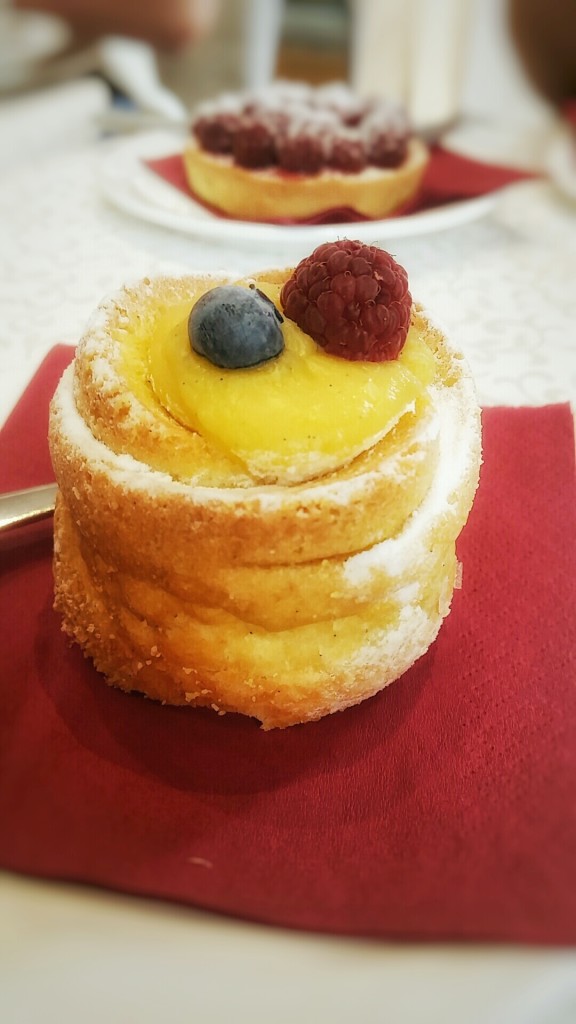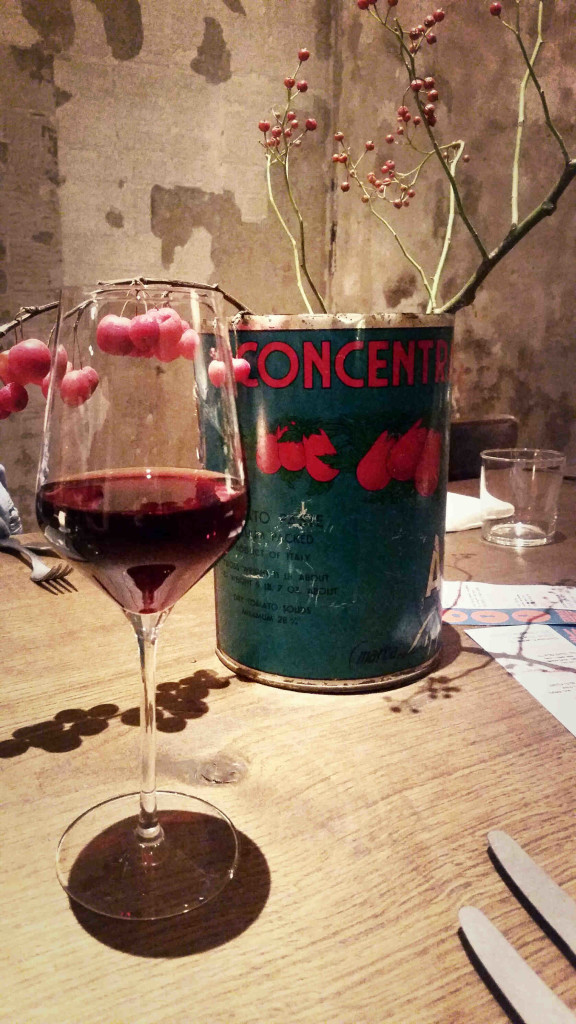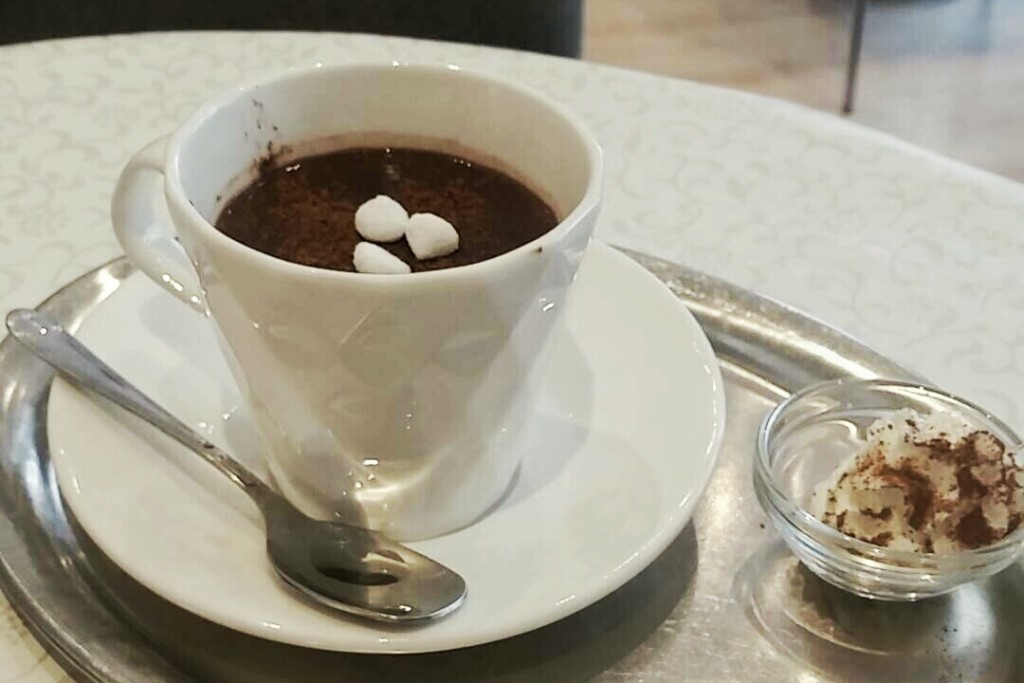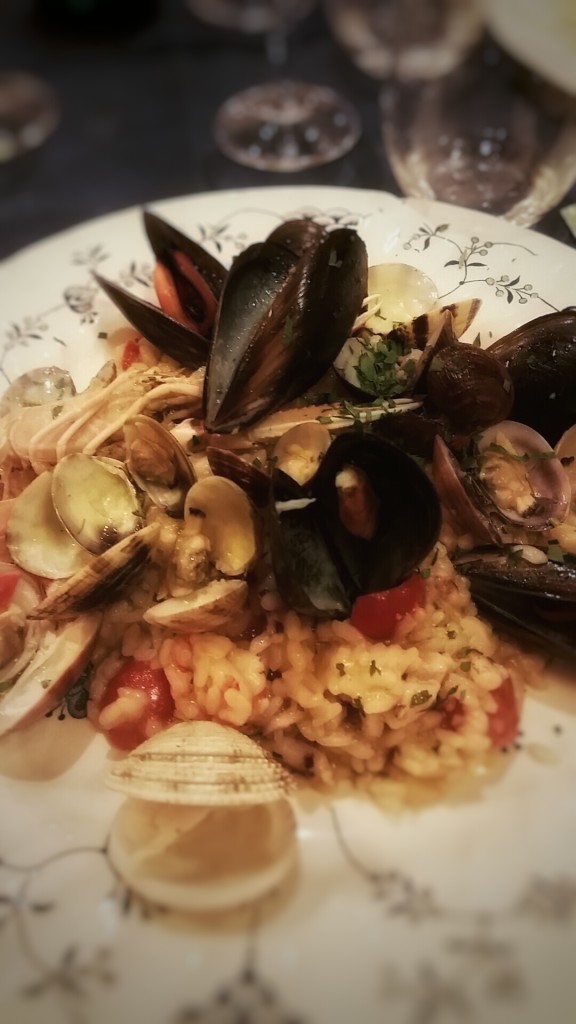This past fall, I spent three months studying in Florence, Italy, taking Italian as well as a class on the history and culture of Italian food (essentially, I was living the dream.) Basically, I’m an expert now on all things Italy… Okay, maybe not, but I did learn a lot about Italian food culture – from finding a good, non-tourist-trap restaurant, to the intricate rules and etiquette surrounding food, and I’m going to let you in on my secrets.
1. Finding a good restaurant

Photo by Alison Mally
The trick here is to know the warning signs of a tourist trap. First, avoid restaurants that have photos of the food plastering their windows and menu. Second, avoid the restaurants with servers hawking their fare and trying to lure you in. Yes, they will probably be handsome and yes, they may try to hit on you, but don’t be tempted – it’s a trap. Third, if most of the advertising is in English – it’s probably for tourists.
Now, none of this means that the food is bad – I’ve had some fantastic seafood risotto at a very touristy place in Sorrento – but if you’re looking for a truly authentic experience, you won’t find it at these places.
2. Water

Photo by Alison Mally
In the majority of restaurants, you have to pay for water. Even if you ask for tap water, they will often refuse.
#SpoonTip: When the server asks if you want acqua naturale or frizzante, the former means still while the latter means sparkling.
3. Tipping

Photo by Alison Mally
In short, you don’t have to tip. In many European countries, the general practice is to tip far less than we do in America or not at all, so look up what the custom is if you are traveling around. Italy is one of the countries where it is customary not to tip. However, this doesn’t mean you can’t tip. I spoke to a restaurant owner in Cinque Terre about this, and he said that a tip is not expected, but if you had an amazing meal or especially good service, it can be nice to leave a small tip, even if it’s just a few euros to show your appreciation.
4. Coperto

Photo by Alison Mally
At the end of your meal, you may look at the bill and be surprised to see an extra charge called the “coperto.” This isn’t a mistake, this is a cover charge that is essentially a sitting fee at the restaurant, and is almost ubiquitous in Italy. You can usually find what the coperto will be on the menu.
The coperto can be a tricky way for cafés (called bars in Italy) to get more money out of you. Often, if you choose to drink your caffé at the bar, you will not be charged a coperto, but if you decide to sit down at a table, they can charge you extra. This can turn a 1.20 euro cappuccino into a 5 euro cappuccino, and nobody wants that.
This is especially true in the most famous cafés, like Caffé Greco in Rome, Caffé Florian in Venice, or Caffé Gilli in Florence, so if you want to have your espresso in one of these historic cafés, I recommend taking it standing up.
5. The customer is NOT always right

Photo by Alison Mally
If you’re someone who is very particular about their food and often request changes or substitutions for your meal, I have bad news for you – your requests may be refused. In Italy, the culture reigns king, not the customer, so if you want your bistecca fiorentina, a steak traditionally served very rare, to be well done instead, don’t be surprised if the waiter outright refuses or gives you a patronizing nod only to serve it bloody anyway. And no, you probably can’t send it back.
However, the big exception here is food allergies – I have found that most restaurants are very accommodating for food allergies, and are increasingly accommodating for gluten-intolerance.


